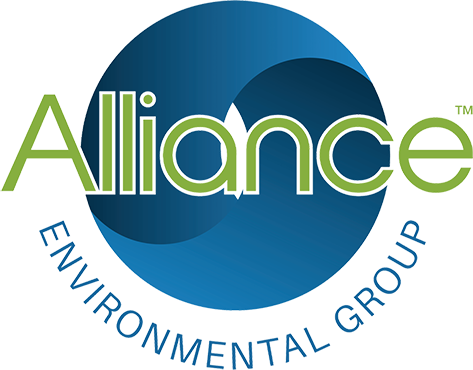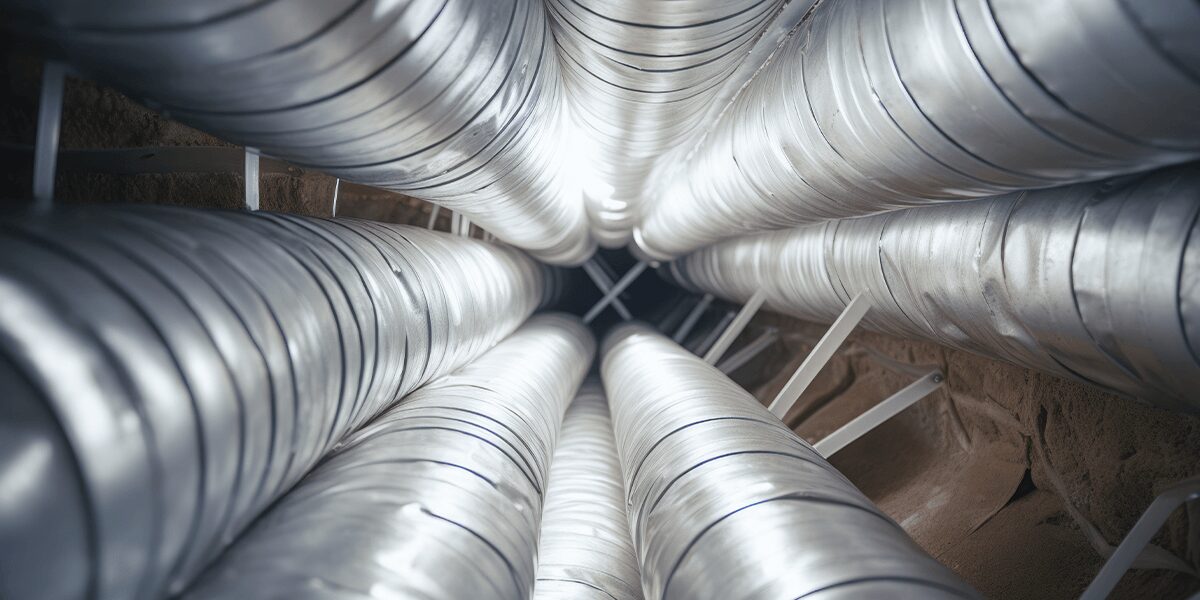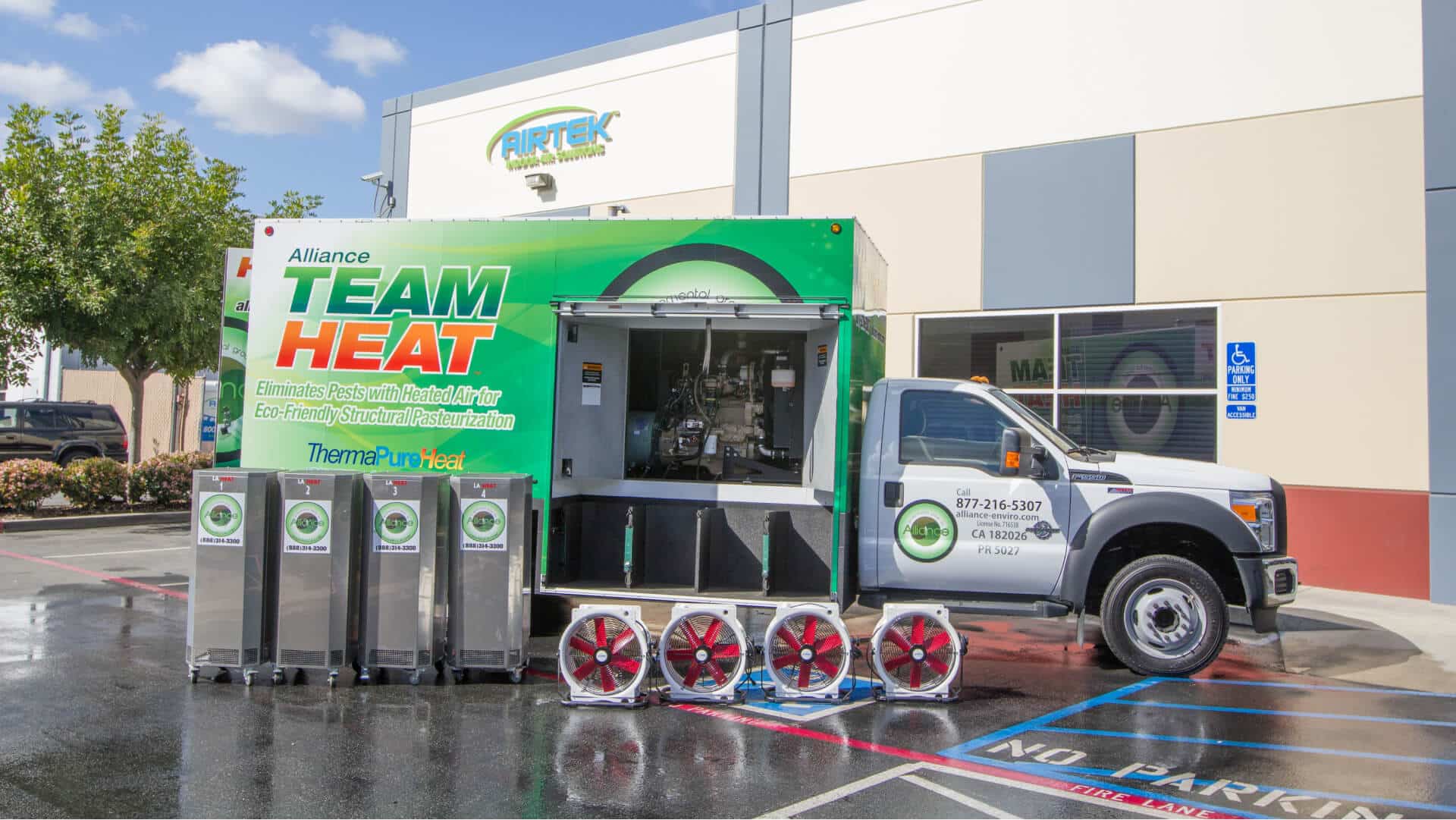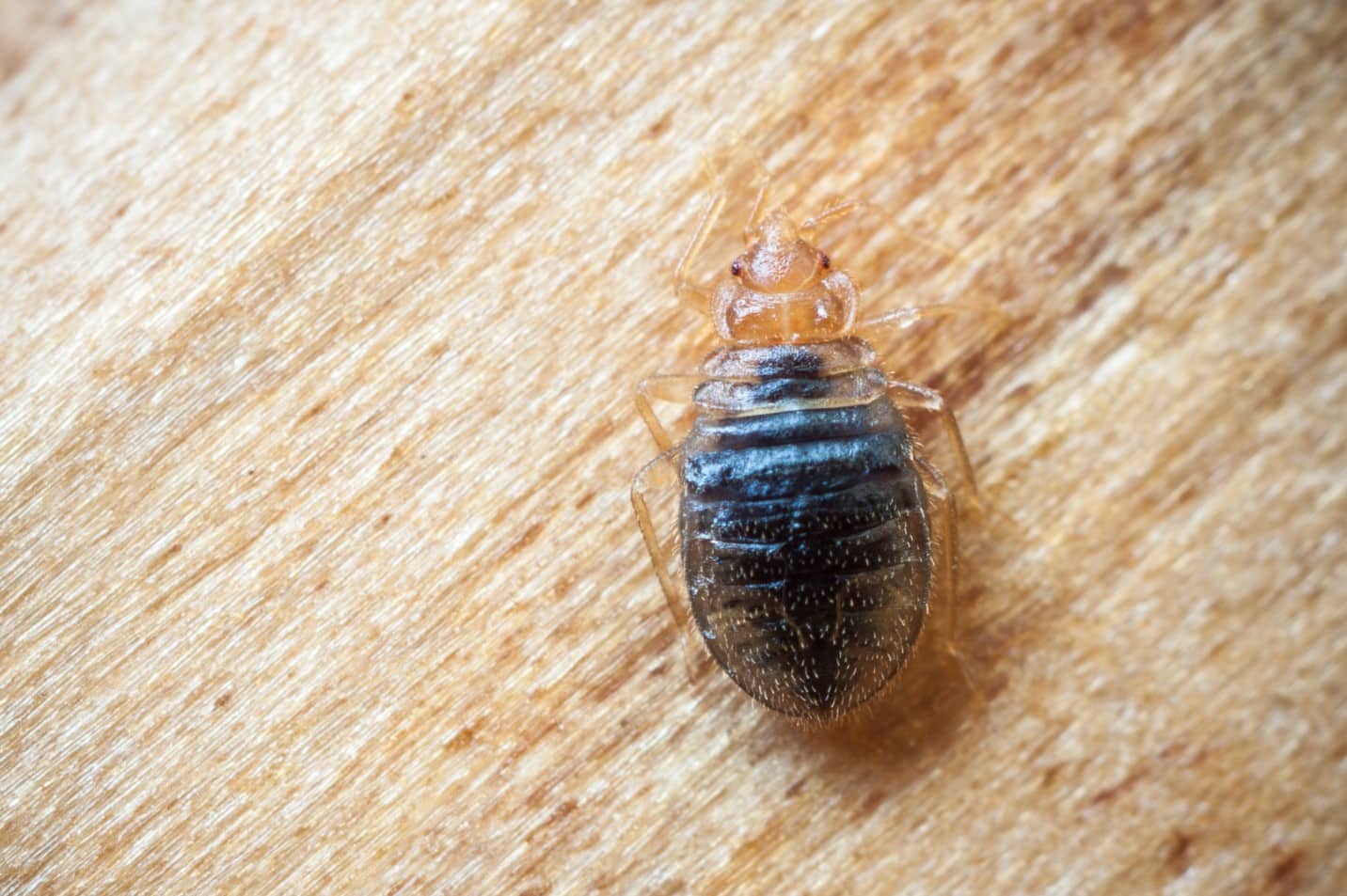Attic insulation is instrumental in keeping your home comfortable, but sometimes it needs to be replaced. Smoke from a small or nearby fire can cause health concerns, as can rodent, bird, or bug infestations that could require repair. Or you could just be remodelling and need to change up your attic’s layout. Either way, attic insulation can be tricky, so it’s best to talk to the professionals. This way, you’ll be sure that they maintain proper airflow for your attic space and have all the proper equipment to handle the work safely.
Preparing the Workspace
The best way to be sure how best to prepare your site is to contact a local contractor and have them visit your site to inspect the project and assess it’s needs. If your attic is used for storage, your attic materials will likely need to be removed and stored elsewhere for the project. Attic insulation isn’t safe to be in significant contact with, so the work crew will wear protective gear and masks during the work, and they will likely cover the walls and flooring of the area leading into your attic with a plastic sheeting.
Insulation Removal
This will vary depending on your type of insulation.
Insulation that was applied by the roll must be rolled up by hand and will be put into sealed bags for removal. Your contractor will remove these bags from site and dispose of them properly. They will then vacuum your space, including up in and around your roof’s joists, to remove any contaminants (such as rodent or bird droppings) or leftover scraps of insulation that came loose from the rolled pieces.
If your structure uses the “blown-in” type of insulation, the removal crew will feed a large hose up into the attic space to vacuum it all out, along with any other debris. The hose will be fed outside of the structure so there’s no risk of contaminating any of the rest of your home.
Cleanup and Decontamination
Once the insulation is out, your professional insulation crew should inspect for any further signs of rodent or mold infestations in your attic space. Both mold and rodent waste contain harmful allergens and can even carry disease into your home. Mold growth can also eat away at some load-bearing beams in your roofing and weaken them, so it’s very important to take this opportunity to look for these signs closely.
If your contractor does discover unforeseen infestations, they can further assess how to proceed. Many insulation installation companies are also certified to decontaminate rodent or mold colonies, so they’ll know exactly how to handle them professionally. If they do not, they likely have a close professional relationship with another contractor who does; this isn’t rare in attic insulation projects.
Installation
Obviously, replacing your insulation is a very important part after the removal is complete! Your roofing insulation in your attic is crucial to keeping your home warm in the freezing winters and cooler in the summers under the hot sun.
Replacing your insulation gives you many different options. It’s best to talk to your contractor about what they might recommend for your space. Experienced quality contractors will definitely have several recommendations for an eco-friendlier option or application that could not only make your home healthier and more comfortable, but that may also provide energy savings!
Looking for a personalized service that can help you make your home or business more environmentally responsible, health-and-safety compliant, and adapted to the rapidly changing industry guidelines and regulations? From residential duct removals to full-scale commercial building abatement, to Attic Insulation Removal, you need the most experienced environmental remediation company in the west. Contact Alliance Environmental Group today.



